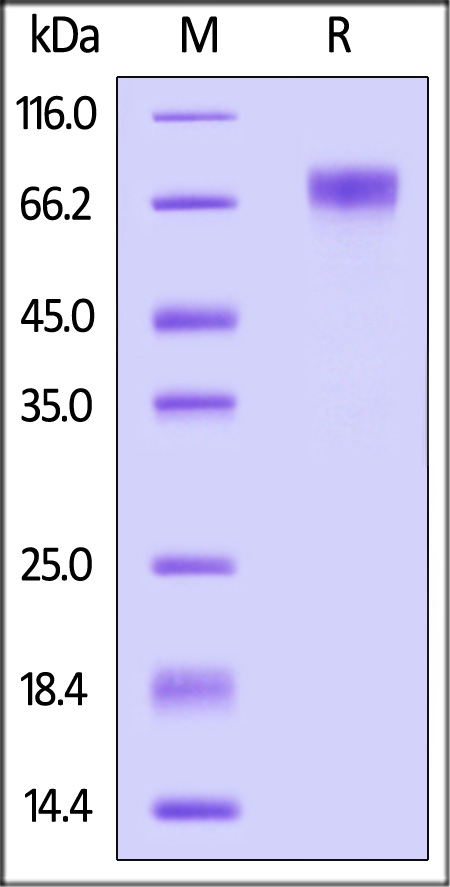Carotenoids, instead of pteridines, determine color of xanthophores and erythrophores in tilapiaLiang, Yao, Wu
et alJ Hered (2025)
Abstract: There has been controversy over whether the chromogenic substances of xanthophores and erythrophores are pteridines or carotenoids in fish. In this study, we first extracted and quantified carotenoids and pteridines from erythrophores and xanthophores in tilapia, respectively. The results showed that the carotenoids and pteridines in erythrophores were significantly higher than those of xanthophores, and the carotenoids were significantly higher than the pteridines in both types of cells. Then, we established homozygous mutant lines of the key genes for pteridine synthesis (xdh) and carotenoid metabolism (plin6) in Nile tilapia. Compared with the wild type (WT), there were no significant changes in the body color of xdh-/-, while the pigmentation, fluorescence intensity and size of both xanthophores and erythrophores were significantly reduced in plin6-/-. The pteridines were significantly decreased in xdh-/-, but not in plin6-/-, while the carotenoids were significantly decreased in plin6-/-, but not in xdh-/-. To confirm these results, we further established homozygous mutant lines for another two key genes involved in pteridine synthesis (gch2) and carotenoid absorption (scarb1). Consistently, no significant body color changes were observed in gch2-/-, while no pigmented xanthophores and erythrophores were observed in scarb1-/-. The pteridines were significantly reduced in gch2-/-, but not in scarb1-/-, while almost no carotenoids were detected in scarb1-/-, but carotenoids remained unchanged in gch2-/- compared with WT. Taken together, these results, combined with existing findings in cyprinid fish, demonstrate that the color of xanthophores and erythrophores is determined by carotenoids rather than pteridines in fish.© The Author(s) 2025. Published by Oxford University Press on behalf of The American Genetic Association. All rights reserved. For commercial re-use, please contact reprints@oup.com for reprints and translation rights for reprints. All other permissions can be obtained through our RightsLink service via the Permissions link on the article page on our site—for further information please contact journals.permissions@oup.com.
Black soldier fly larvae mediate Zinc and Chromium transformation through the ZnuCBA and citric acid cycle systemDeng, Ren, Li
et alWater Res (2025) 280, 123483
Abstract: Intestinal microbiota and metal regulatory proteins (MRPs) underlie the transformation of heavy metals (HMs) by the black soldier fly larvae (BSFL), but the mechanisms involved are still not fully defined. Here, using 16S rRNA and metagenomics-assisted tracing, we found that zinc (Zn) and chromium (Cr) stress led to enrichment of Proteobacteria in the BSFL intestine. Support of Proteobacteria also led to increased levels of the Zn transporter proteins ZnuC/B/A and the Zn efflux proteins zntR/A. Meanwhile, the genes MltE, CitT, and SLT, which mediate the citric acid cycle, were also significantly up-regulated and involved in the cellular uptake of Cr. Although Zn and Cr stress affected the expression of antibiotic resistance genes and pathogenic genes, the BSFL intestine tended to form stable microbial communities (MCs) to transform HMs through a mechanism driven by ZupT and chrA. In addition, the expression of SCARB1 and LdcA was significantly down-regulated by acute HMs stimulation, but BSFL were still able to complete the life cycle. Therefore, we determined the protective role of MCs and MRPs on BSFL during the transformation of HMs.Copyright © 2025. Published by Elsevier Ltd.
Distinct pathways for the absorption and metabolism of β-carotene and zeaxanthin in the mouse intestineBandara, Saadane, Shen
et alJ Lipid Res (2025) 66 (3), 100758
Abstract: Carotenoids, essential nutrients for eye health, are absorbed in the intestine to support vitamin A homeostasis and provide cellular protection. This process involves the lipid transporters scavenger receptor class B type 1 (SR-B1, encoded by Scarb1 gene) and Niemann-Pick C1-Like 1 (NPC1L1), which load these dietary lipids into the plasma membrane of intestinal enterocytes. However, the precise contribution of these transporters to carotenoid absorption, the putative involvement of Aster proteins in their downstream movement, and the interactions with their metabolizing enzymes, β-carotene oxygenase 1 (BCO1) and β-carotene oxygenase 2 (BCO2), remain incompletely understood. Here, we investigated carotenoid metabolism in the mouse intestine using pharmacological and genetic approaches. We observed that ezetimibe, an NPC1L1 inhibitor, reduced zeaxanthin but did not affect β-carotene absorption. Aster-C, highly expressed in enterocytes, bound zeaxanthin in biochemical assays. In mice, Aster-C deficiency led to upregulation of Gramd1b (Aster-B) expression and increased zeaxanthin bioavailability. We further showed that BCO1 directly interacted with membranes to extract β-carotene for retinoid production, indicating that vitamin A production is Aster protein-independent. This observation is consistent with the finding that the intestine-specific transcription factor ISX, the master regulator of vitamin A production, controlled Scarb1 and Bco1 expression but had no effect on Gramd1a, b, or c, encoding Aster proteins in intestinal enterocytes. Together, our study revealed distinct pathways for β-carotene and zeaxanthin absorption and metabolism, offering new insights into carotenoid bioavailability and potential strategies to optimize dietary carotenoid intake for improved eye health.Copyright © 2025 The Authors. Published by Elsevier Inc. All rights reserved.



























 Star Ribbon预染蛋白Marker蛋白质标记物是生物研究和药物开发的重要组成部分。无论是用于蛋白质电泳还是western blot,我们的预染色蛋白质标记物帮助您快速确定目标蛋白质的分子量或评估转移效率。Fc受体蛋白治疗性抗体的功效取决于Fab片段及其对目标抗原的结合活性,还取决于Fc片段及其与关键Fc受体的相互作用。因此,在抗体工程中候选物必须针对一系列受体进行测试。探索我们的重组Fc受体蛋白质的全面收藏!
Star Ribbon预染蛋白Marker蛋白质标记物是生物研究和药物开发的重要组成部分。无论是用于蛋白质电泳还是western blot,我们的预染色蛋白质标记物帮助您快速确定目标蛋白质的分子量或评估转移效率。Fc受体蛋白治疗性抗体的功效取决于Fab片段及其对目标抗原的结合活性,还取决于Fc片段及其与关键Fc受体的相互作用。因此,在抗体工程中候选物必须针对一系列受体进行测试。探索我们的重组Fc受体蛋白质的全面收藏!


























 膜杰作
膜杰作 Star Staining
Star Staining




















